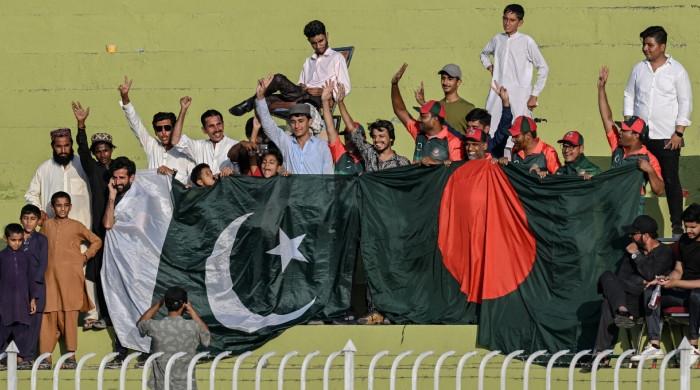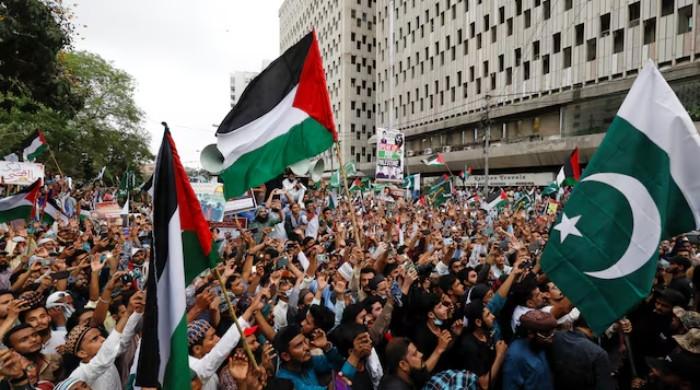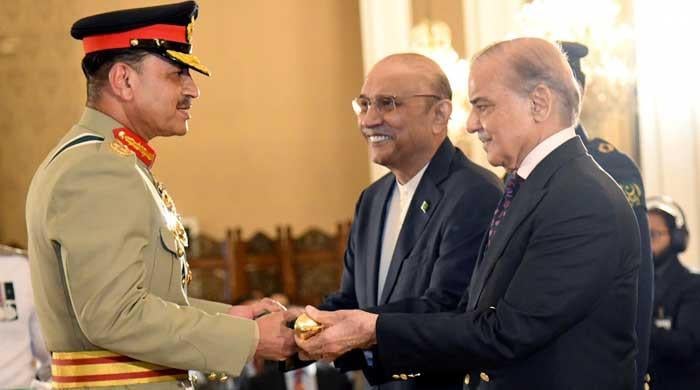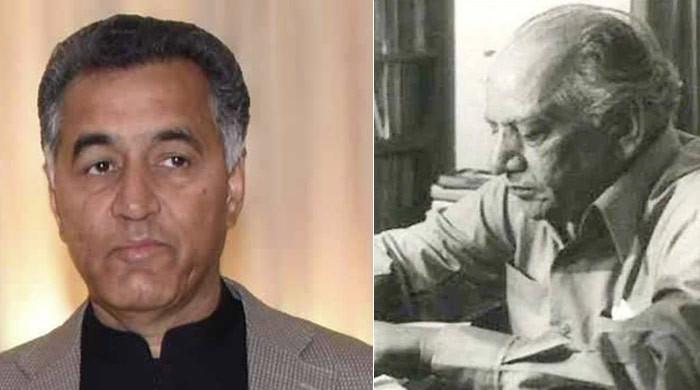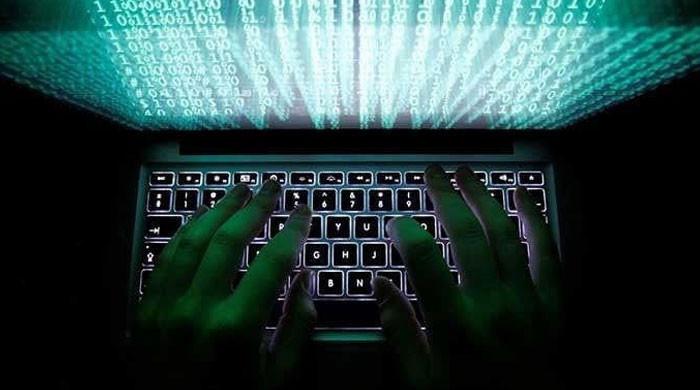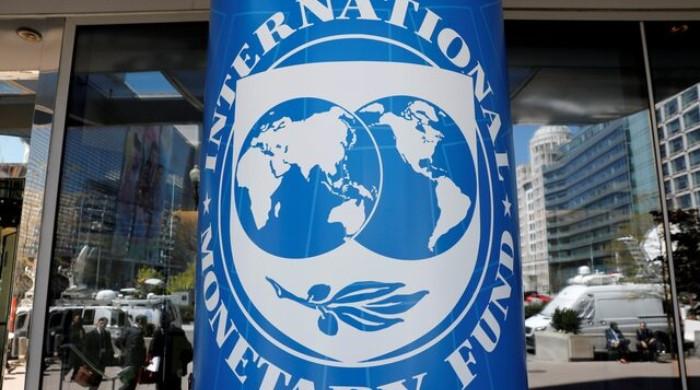Who weeps for Kashmir?
Since 2016 to date, over 260 Kashmiris, including civilians and freedom fighters, have been martyred
April 10, 2018
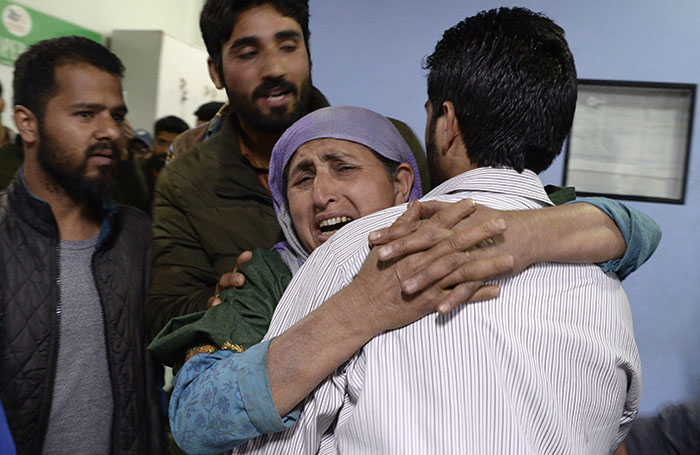
The latest round of clashes between the freedom-seeking Kashmiris and the Indian forces has left 19 martyred and 350 wounded. Of which 50 have sustained bullet injuries and 41 have lost vision in one or both eyes due to pellets firings. (A pellet is a lead-coated metal ball that Indian security forces have been using against unarmed protesters in Indian-occupied Kashmir since 2010).
The carnage is not new. And yet it is, for being the first of its kind in recent memory. It certainly won’t be the last either, given the groundswell for azadi.
For the last three decades, Kashmiris have adopted various methods of resistance to achieve their right to self-determination. After the terror attacks of 9/11, the people of Kashmir changed their mode of resistance from armed struggle to public mobilisation. There were large uprisings in 2008, 2009 and 2010. Then again, in 2016 triggered by the killing of a popular commander of Hizbul Mujahideen, Burhan Muzaffar Wani. The Indian state resorted to an iron fist policy to crush the large-scale uprisings. The forces generously used bullets, tear gas smoke shells and PAVA shells, a chili-based munition, which temporarily incapacitates the target and renders him/her immobile.
Alongside police attempts of “wearing down” Kashmiris through military repression and coercion, India has also worked on a plan to prop up more pro-Indian parties like the ruling Peoples Democratic Party (PDP).
The idea was to squeeze out the pro-freedom groups like the Hurriyat Conference and their supporters. The PDP and other pro-India parties often play the soft separatist card and campaign against human rights abuses, call for a dialogue with Pakistan and demand autonomy and self-rule for Kashmir.
After the Bharatiya Janata Party (BJP) came to power at the centre in India, the yearning for azadi amongst Kashmiris has been reignited. In 2014, the BJP stitched an electoral alliance with the PDP in the valley. This was the first time that a pro-Hindutwa party had become part of a ruling alliance in Indian-occupied Kashmir. After which the policy of using an iron-fist against peaceful protesters was put in action. That nearly erased the grey area where pro-India parties were drawing their power and legitimacy from.
Over time, the BJP has carefully and craftily changed the nature of the fight in Kashmir and rebranded it as the fight for India's survival. As a result of the brutality, in 2016, the gun again found resonance among the youth after a realization that peaceful means won’t change anything on the ground. The BJP, as usual, resorted to a sled hammer tactic to crush the new age struggle for freedom, made up of young boys born after the tumultuous years of the 90s. Upward to 100 youngsters were killed in the 2016 uprising, and an equal number were blinded by the pellet shotguns. It was the first mass blinding the world had seen. Simultaneously, the BJP caged Hurriyat Conference leaders, including the aging Syed Ali Shah Geelani.
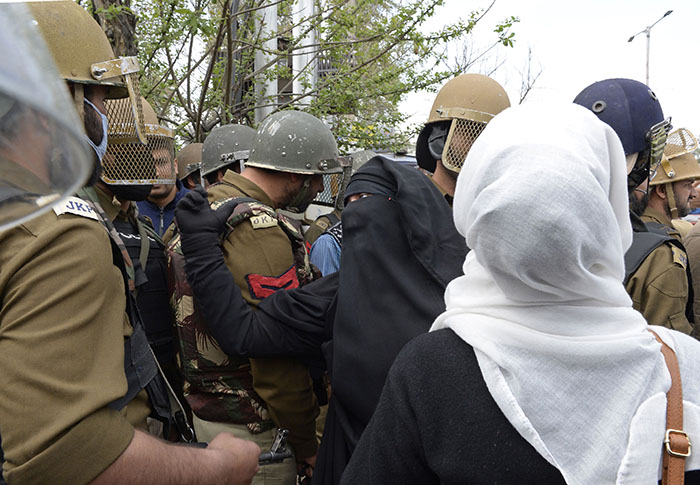
Since 2016 to date, over 260 Kashmiris, including civilians and freedom fighters, have been martyred and 16,000 injured mostly by bullets and pellets, according to medical authorities. Yet, the resistance in Kashmir has not ebbed. On the contrary, now even school children, boys and girls, are joining in mass demonstrations. Today, students from schools and colleges surge the streets at the slightest hint of provocation. And any military approach to subdue Kashmiris only hardens their resolve to continue fighting.
For New Delhi, its biggest defeat in occupied Kashmir has been on the moral front. In recent years, the authority of the Indian state has all but collapsed in the valley, which has been preceded by the loss of fear by the Kashmiris, as is evident from the violent clashes near encounter sites, a departure from the past. The bloodshed in Kashmir, sadly, will continue until a political solution is found. And a political solution, at the moment, seems like a distant dream.
The state is comfortable with muddling popular discourse by relying on a failed policy of winning hearts and minds. Come next elections, it will again coax people into voting and employ journalists to distract the true narrative. It will also demonise the Hurriyat Conference leadership and bunch them up with “terrorists”.
Professor Sheikh Showket Hussain, a prominent Kashmiri analyst, recently wrote on Facebook: “Burials do not lead to deterrence; instead they often germinate as seedlings. Soon, the tormentors have to harvest the crop of their misdeeds.”
This lesson is not lost on the discerning population of India. As for its government, well, that is a different story.
Khalid is a Srinagar-based journalist. He has been a Reuter’s fellow at the University of Oxford, UK. He can be contacted on [email protected]
Note: The views expressed in the article are those of the author, and do not necessarily reflect the official policy or position of Geo News or the Jang Group.




